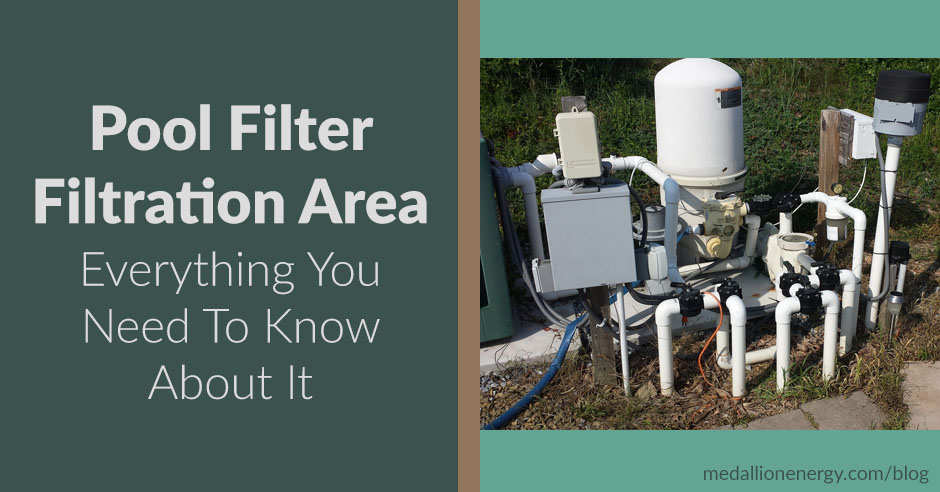Pool filters, and filtration area
Pool filters keep your water healthy, clean, and swimmable. As your pump pulls in water from the pool, it pushes it through the filter, where it’s purified and eventually cycled back in.
Each type of filter offers unique benefits, from easier maintenance to more sensitive filtration, which is measured in microns.
(Learn more about the differences between pool filters here)
But today, we’re focusing on pool filter filtration area, and how the filter media, or type of material, a filter uses controls it.
Understanding pool filter filtration area
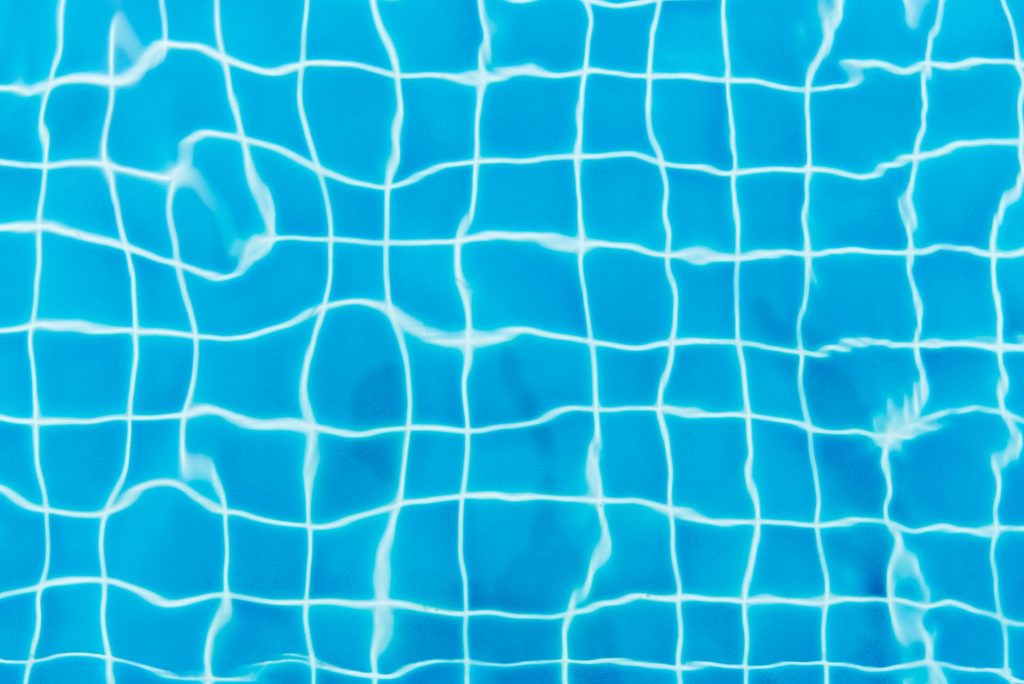


The three main types of pool filters are DE, sand, and cartridge. And each type has a different filtration area, some big and some small. Yet, they all work great a cleaning water.
Why is that?
Pool filter filtration area is directly related to filter media, which is the type of “filtering material” a filter uses. The more filtering material it can fit inside, the higher it’s filtration area.
Of course, it’s important to remember that we’re talking about surface area.
In terms of pool filters, think of the surface area as the total amount of space the filter media takes up (measured in square feet). Specifically, if you were to lay it out flat on the ground.
For instance, the average cartridge filter has a filtration area of 260 square feet. This means that if you take out each cartridge/cylinder, unfold the paper, and put them all next to each other, they’d take up around 260 square feet of space
So while a cartridge filter itself might take up just a much space as a sand filter, the cartridge filter offers WAY more filtration area..because of it’s filtering material.
Why each type of pool filter has a different filtration area
Just because one pool filter has a bigger filtration area than another, doesn’t automatically mean that it’s better.
That’s because the filtration area only measures the square footage of the filter media. Think of it this way:
If you take a sheet of paper and fold it to the size of a sticky note, is it suddenly less paper? No, it’s the same sheet of paper, just compressed to look smaller and take up less space.
This is precisely why a cartridge filter has WAY more filtration area than sand. The filters themselves could both be around the same size, but where a sand filter only offers a sand pile worth of filtration area, a cartridge filter offers four individual cylinders – each lined with several feet of folded cloth.
So at this point, you might be wondering:
Does filtration area affect filter performance?
Yes, but not in the way you’d think.
Related: 9 Ways To Improve Your Sand Pool Filter
Filtration area and flow rate
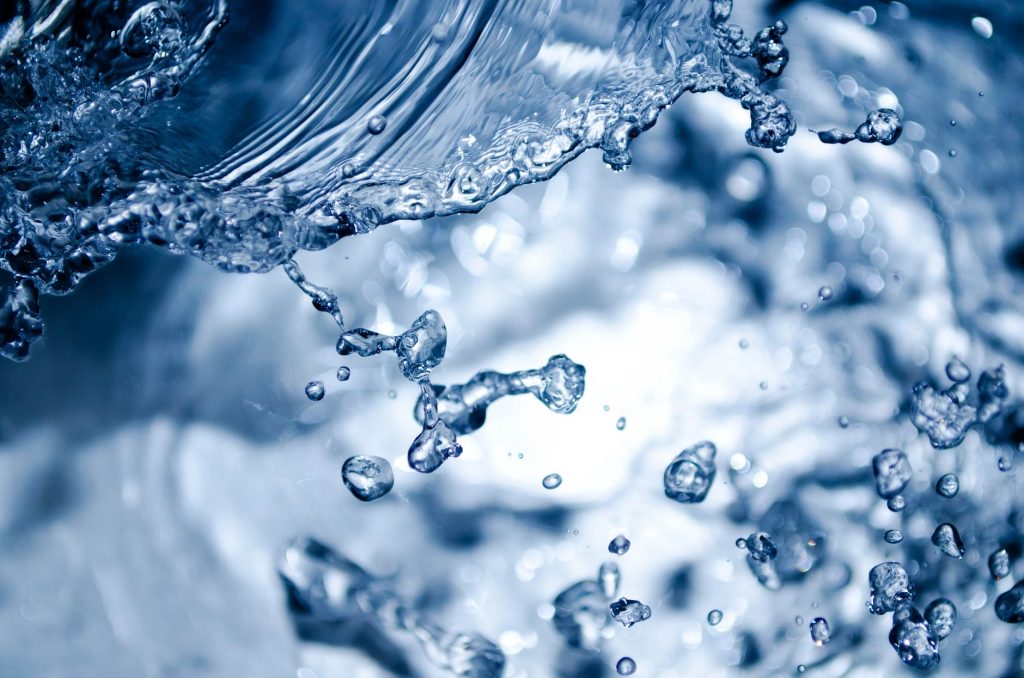


The higher a filter’s filtration area, the faster it can filter water. Or in other words, the bigger the filter, the more water it can process in a shorter amount of time (flow rate).
Related: Pool Water Circulation 101 | Everything You Need To Know About Water Flow
This is in respect to each type of filter. So while a big sand filter will always have more filtration area than a smaller sand filter, it has far less than a smaller cartridge filter.
Again, that has everything to do with the surface area of the filtering media itself (the sand, the cartridges, the DE grids).
Why sand filters have a super small filtration area
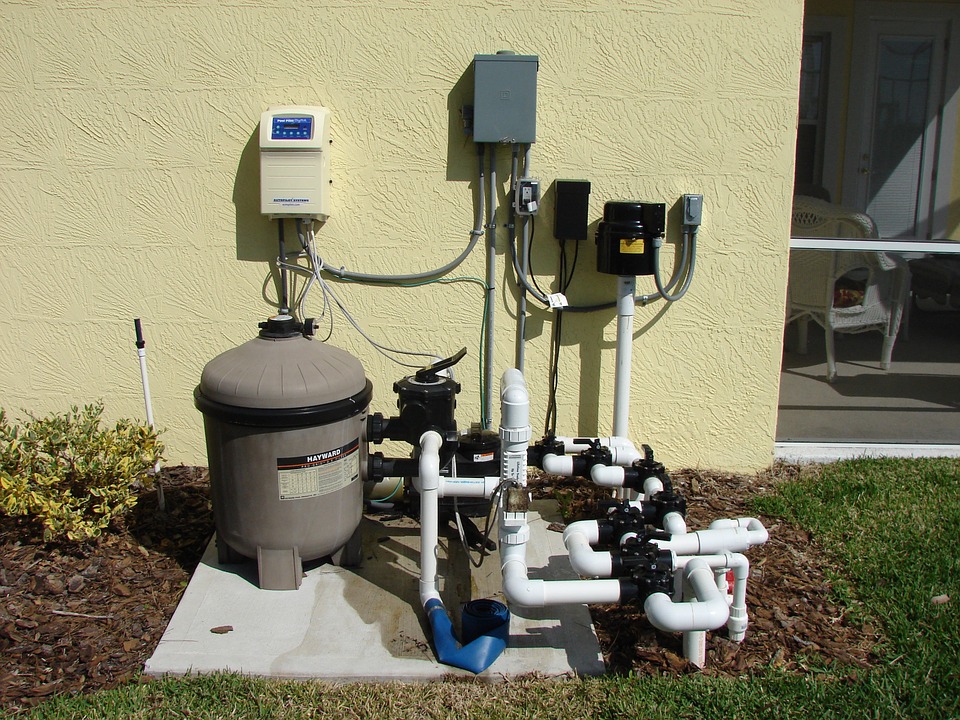


Let’s revisit that analogy with the sticky note and sheet of paper. Because it explains why sand pool filters have lower filtration areas.
A sand filter is just a plastic bulb, filled with sand and few valves for letting in water. Unlike a cartridge filter, which deceptively houses several hundred feet of folded filtering material, sand filters only contain as much filtering material as you can see (the sand).
Bottom line: with sand filters, what you see is what you get in terms of filtration area. It’s the sticky note, while cartridge filters are the folded sheet of paper.
Sand Filter Filtration Area range: 2-6 sq ft
DE Filters: The middle ground
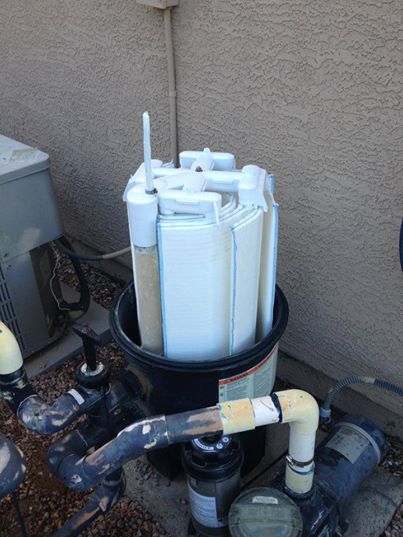


While DE filters use several cloth grids as their filter media, they offer far less filtration area than cartridges. This is because of how the filter media is made.
The grids are double sided, but they’re not folded and compressed like cartridge filter cylinders are. Therefore, they provide less surface area.
But they make up for this shortcoming by offering the most sensitive filtration of all pool filter options available. Mostly thanks to the added DE powder, which helps effectively lock in and capture contaminants.
DE Filter Filtration Area range: 20-80 sq ft
Why cartridge filters have the biggest filtration area
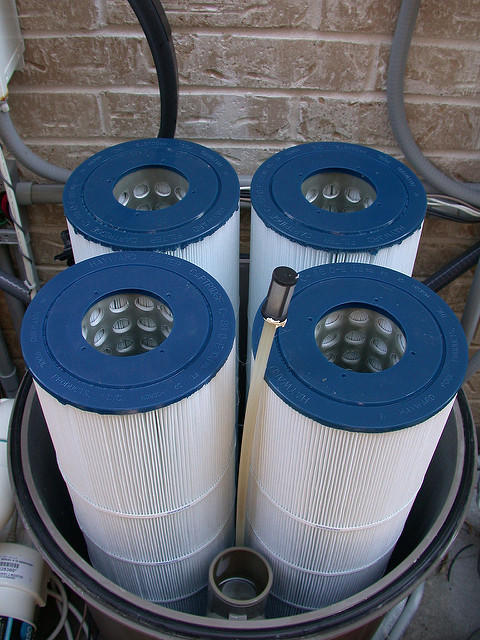


Of all the filter types, cartridge filters consistently have the largest filtration areas. And as mentioned earlier, this is because of the filter media they use.
Consider that every single cartridge (usually 4 of them) in a cartridge filter is a super song sheet of cloth, folded hundreds of times to fit around a small plastic cylinder. And then remember that the water in your pool passes through four of those things.
So if you take out each cylinder, unwrap and unfold the cloth, and lay them down next to each other, you’d have anywhere from 200-600 square feet of material. That’s A LOT of surface area for a pool filter.
Cartridge Filter Filtration Area range: 200-600 sq ft
Closing thoughts on pool filter filtration area
If you take one thing away from this post, let it be that the filtration area is simply the total surface area (measured in square feet) of all the material inside of a pool filter. Sand filters have the smallest filtration area at 2-6 square feet, while cartridge filters have the largest at 240-600 sq ft. And typically, the larger the filtration area, the faster a filter can process water (turnover rate).
If you liked this post:
21 Pool Maintenance Mistakes That Are Wasting Your Time & Money

